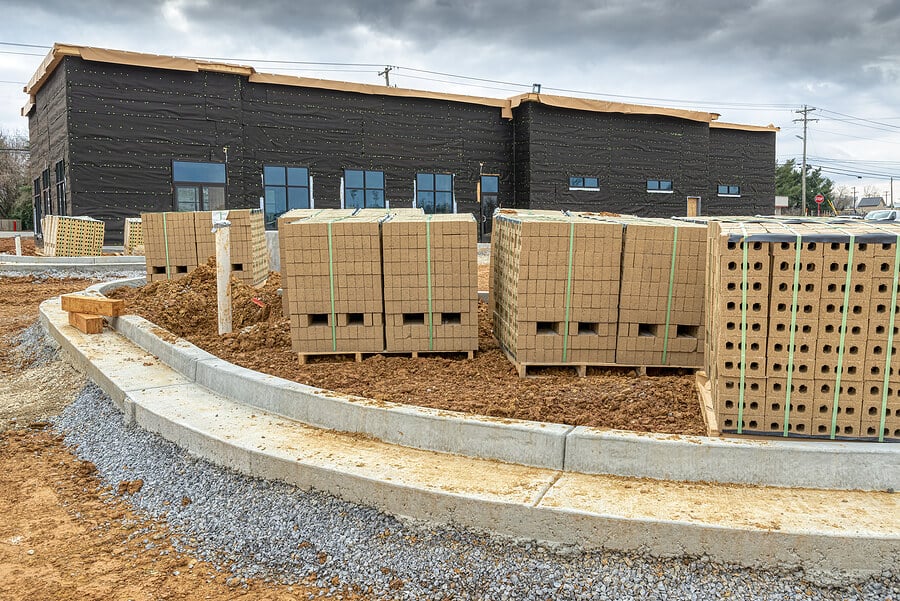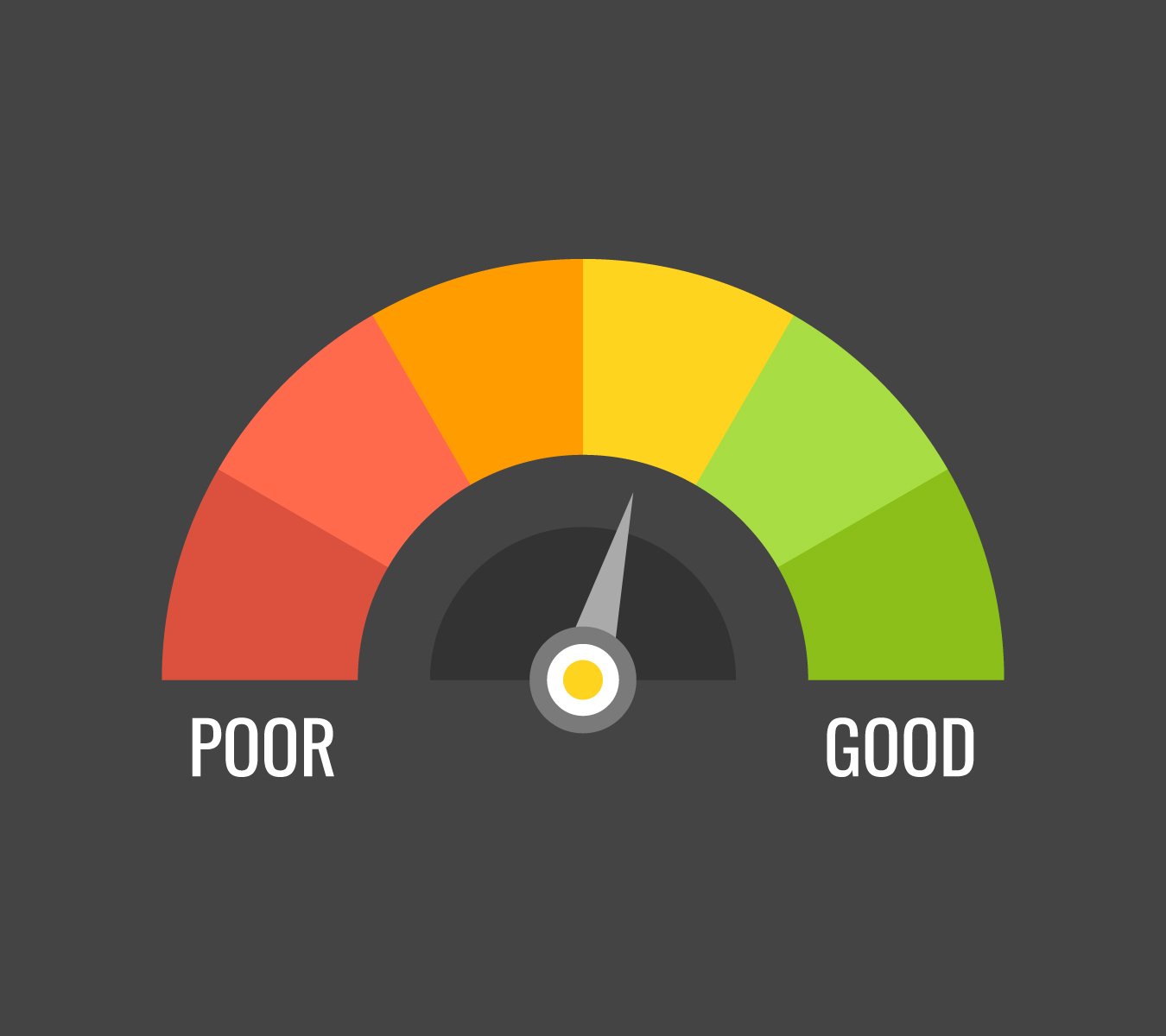Few companies have the necessary cash reserves to finance the construction of new buildings for their operations, which can cost millions. To finance expansions, they often turn to commercial construction loans for the land, materials, labor, and other costs.
Commercial loans are not difficult to understand. They are very similar, in fact, to home mortgage loans. The main difference is in how and when the money is released.
The following is an overview of commercial construction loans to help you understand how they work and their pros and cons.
What is a Commercial Construction Loan?
A commercial construction loan is used to finance the purchase and development of property or the construction of a new building for a company. These loans can also be used to finance the renovation of existing buildings.
Commercial construction loans are similar to home mortgages, although the money is allocated differently. With a home mortgage, you receive the full amount of the loan at once to purchase the property. The loan is then repaid over 15-30 years with regular monthly payments.
With a commercial loan, the money is released in installments based on milestones until the project is completed. The borrower and the lender decide together what the milestones will be when the loan is being arranged.
When an inspector has verified that a milestone has been hit, another portion of the loan will be released to pay for the completion of the next milestone. This process continues until the project is completed.
An example of how a commercial construction loan works involves a company building a new warehouse on land that it already owns. The lender will release a portion of the loan to pay for heavy equipment to grade the land. After this milestone has been completed, additional funds will then be released to pay for the pouring of the foundation.
Types of Commercial Construction Loans
There are three different types of commercial construction loans. The right loan for a project depends on the type of work that needs to be done.
Acquisition and Development Loan
As the name implies, a land development loan is for purchasing and developing land. Development may include:
- Heavy equipment grading
- Installing water and sewer lines
- Installing power lines
- Installing other infrastructure
Mini-Perm Loan
Mini-perm loans are used for construction material and labor. They are also sometimes referred to as interim loans. This type of loan is used for the construction of commercial buildings.
Takeout Loan
When a construction project is completed, the loan is converted into a permanent loan, which is also called a takeout loan. Similar to a home mortgage, borrowers can repay the principal and interest over time.
Pros of Commercial Construction Loans
An important benefit of commercial construction loans is that borrowers are only required to pay interest on the loan until the construction project is completed. Payments on the principal are not required until the full amount of the loan has been released.
Even better, borrowers only have to pay interest on the portions of the loan that have been distributed. For example, if a company takes out a commercial construction loan for $1 million but only $250,000 of that amount has been issued, the company is only required to pay interest on the $250,000 until the next milestone is hit and more funds are released.
Another benefit of commercial construction loans involves the issue of collateral. After a construction project is completed, the full amount of the principal will be due. The loan will then be converted into a commercial mortgage (takeout loan) and the newly constructed building will be used as collateral.
Cons of Commercial Construction Loans
Commercial construction loans are not without their negatives, and one of the most important to consider is the fees that are sometimes charged. Like all loans, fees will vary depending on the lender.
Another negative is that a down payment of between 10% and 30% is usually required. Lenders require down payments because these are considered high-risk loans. Some companies may have difficulty saving for a down payment if they have cash flow problems.
How Do You Qualify for a Commercial Construction Loan?
Because commercial construction loans are considered high-risk, lenders carefully evaluate each application to make sure the business is sound, its financial statements are strong, and the project is worthwhile. It could take several weeks for a lender to evaluate a project and approve or reject a loan application.
A few requirements and documents you may need when applying include:
- High credit score
- Financial statements
- Business tax returns
- A detailed business plan
- Detailed project information
While your loan application is being evaluated, a request may be made for more documentation. Your lender may also have additional questions. These requests must be addressed as soon as possible to prevent delays in the processing of your loan application.
Acquiring Commercial Real Estate
Many companies that wish to expand their operations already have land to develop. If not, acquiring land to build on is the first step in any commercial construction project. Some companies may also prefer to acquire existing buildings and renovate them to suit their needs.
If your company needs to purchase commercial real estate, the following checklist will guide you in the acquisition process:



